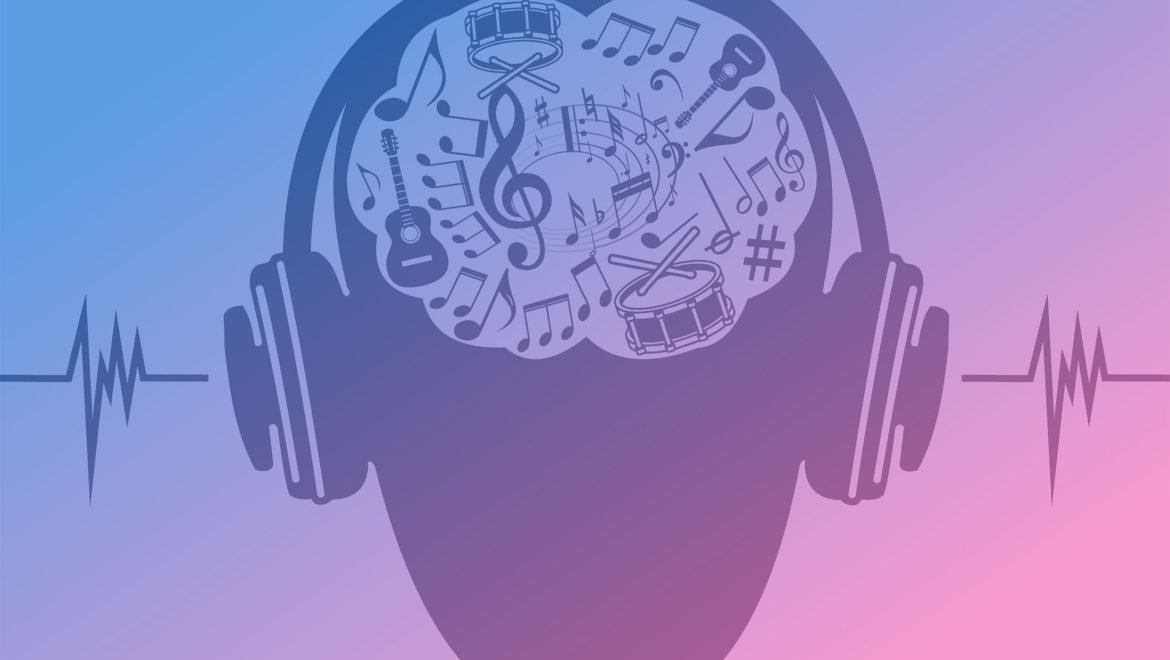Even if we can’t carry a tune in a bucket, we are all musical. We hear and feel rhythms, we appreciate the way that music can draw our emotions (think of a movie soundtrack), and we have near perfect memories for songs that we have heard from early childhood.
Some people have been gifted with some degree of musical expertise. This can range from the drummer in a garage band to a high school music teacher to a composer of grand opera; and, we have been doing this for millennia. Even those of us who have no musical ability, can still enjoy attending performances by other musicians and often join in by tapping our feet, clapping our hands, or singing along.
Even people with severe dementia syndromes still have old musical memories in their brains. For example, the Alive Inside project showed that by providing portable music players (e.g., iPods) to nursing home residents that contained songs from their youth the patients would brighten up recalling the music and sing along. I have heard Andrea McArdle describe her time in the cast of Annie pointing out that all of the young girls were like sponges and had learned all of each other’s parts, songs and all. These are the kinds of music that probably never leave us.
Professor Erika Ito Recently reviewed 19 research studies that included 1,024 participants and found improvements in general cognitive functions as well as more specifically on measures of “executive function” and episodic memory. Professor Kate Yurgil and her colleagues reviewed studies of music and brain function. They found that the study of neural oscillations can identify the neural mechanisms of relationships between music training and the temporal stages of working memory. By contrast, Professor Laura Fusar-Poli and her colleagues reviewed seven studies with 300 participants and found no overall impact of music therapy on cognition. However, there was an effect of ongoing music therapy on enhancing cognitive functions.
At brite Wellness, we use music and all its parts – the physical, emotional, mental, social, aesthetic, and spiritual. Active music-making classes flow gradually from listening to music, to playing musical games, to learning rhythms, to creating one’s own rhythms. Each step of the class is designed get members used to feeling the beat of the music, listening, and responding to music, remembering rhythms, and working creatively in a group. Rhythms taught by the instructor are adapted depending on members’ skill or experience level so that each member has a challenging yet rewarding experience. We play musical games like “name that tune” or recognizing tunes from the lyrics of a song. All of these activities create an atmosphere of social cohesion as all of the participants are working towards the same goal.
Perhaps we should all make music a bigger part of our lives. Seeing a live performance is wonderful and uplifting, but if that isn’t possible, find a radio station that plays your favorite music and sing along as you drive to work ! It’s a great way to relieve stress and aids memory for sound and for words.



